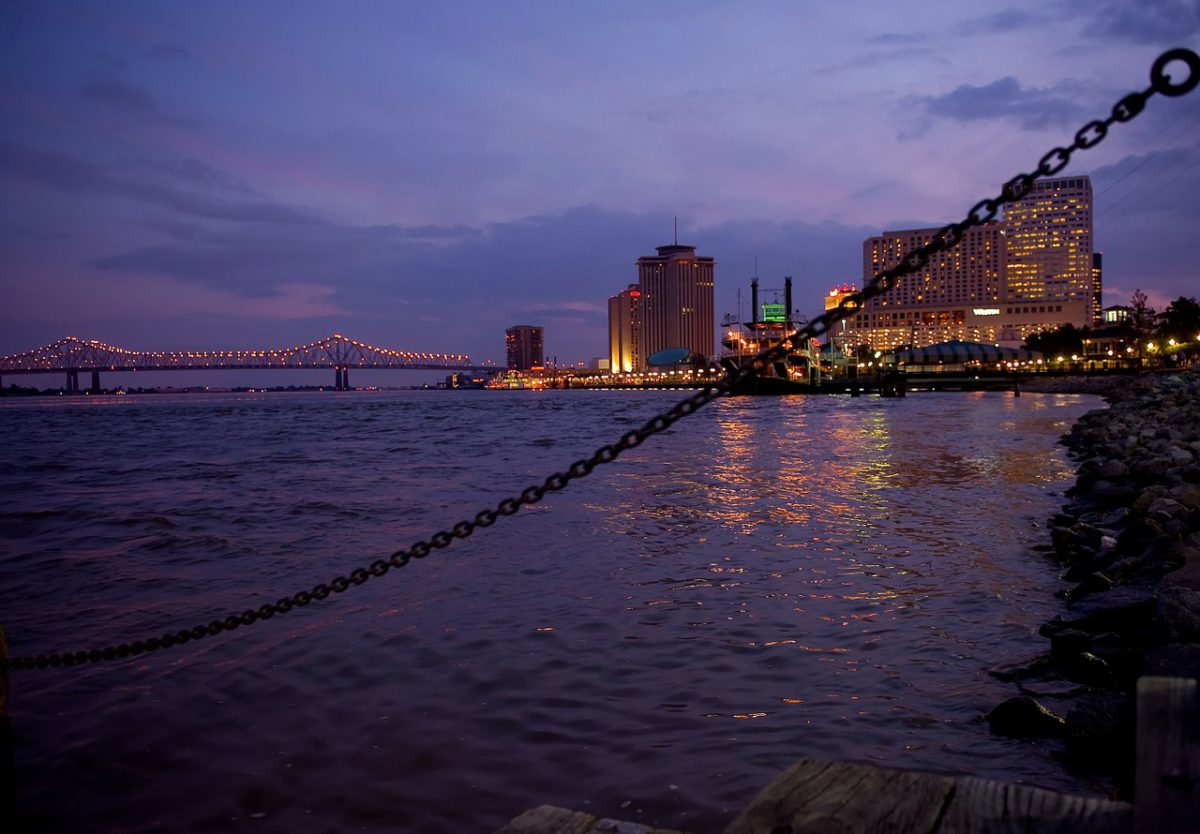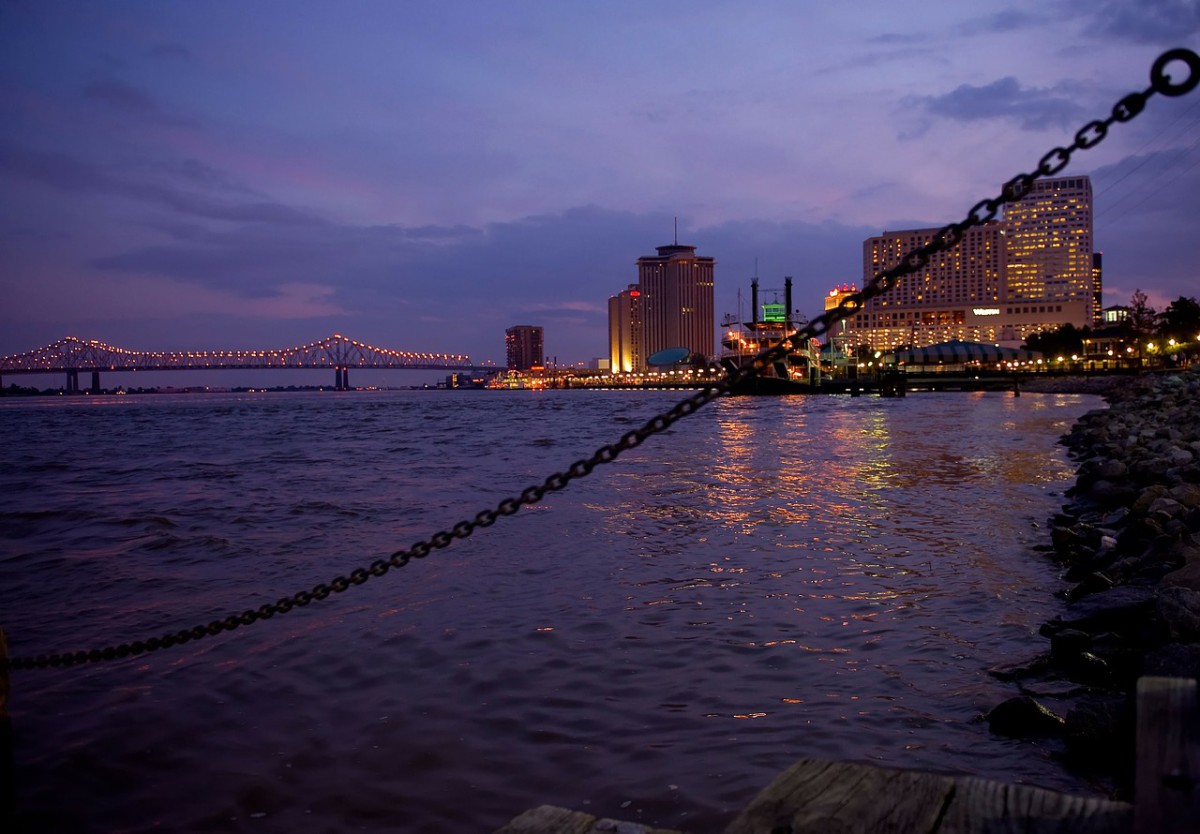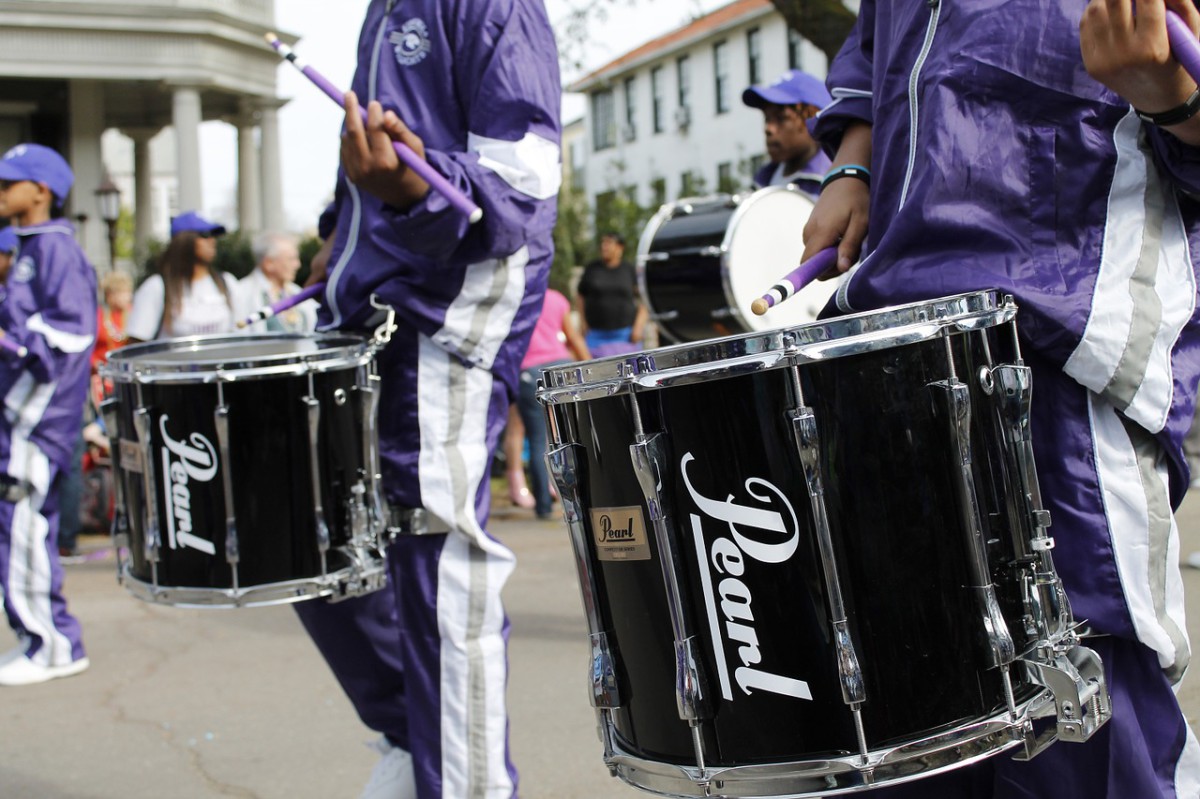New Orleans is without a doubt a city of great beauty. The fabled Mississippi River runs alongside the bustling metropolis, bringing with it prosperous trade and people from all different cultures, heritages, and ethnicities. Cobblestone streets are lined with both modern skyscrapers and traditional homes. Terraces with wrought-iron fences and vibrant flowers hang just above passerby pedestrians. In fact, it is likely New Orleans’ architecture that most overtly distinguishes The Crescent City from its sibling southern metropolises. With a fascinating blend of both past and present styles, the Big Easy is one of the most extraordinary exhibitions of architecture the world over.
This noticeable trend in building style is generally composed of one and a half story buildings that are set at ground level. With a steeply-pitched roof and a well-balanced four-opening facade, they usually lie close to the property line. Their stucco exterior provides an aesthetically pleasing appearance for both those walking by and those driving by.
A narrow home not meant for commercial use, these houses are typically not over 12 feet wide and have doors at each end. Initially created in The Big Easy itself, this residential style spread like wildfire and can be seen throughout the metropolis. In fact, the earliest shotgun house developed was at 937 St. Andrews St and was constructed in 1848. Their popularity persisted throughout the 1920s.
One can identify shotgun houses because there are usually only one-story, are narrow, and rest on brick piers. Most claim a narrow porch area that is complemented by a roof apron that stands on columns and brackets. Said columns and brackets are generally decorated with subtle lacy Victorian motifs. While many variations of the pervasive shotgun house exist, they are all characterized by these basic stylistic elements.
Erected mostly in New Orleans from 1820 to 1850, these two-story houses very often have either a side-gabled or a hipped roof. They usually lie away from the property line and have a two-story gallery that is framed and distinguished by unique entablature. The facade, on the other hand, has an imbalanced arrangement of its various entrances. Initially, these homes were constructed as a variation of the American townhouses that are located throughout the Garden District, Uptown, and Esplanade Ridge. Interestingly enough, all three of the aforementioned neighborhoods were considered suburbs throughout the 1800s.
New Orleans is home to a variety of architectural styles that can capture the imagination of even the most established designers. With an endless capacity for inspiration, The Big Easy has, does, and will continue to attract some of the most inventive architects throughout the world for ages to come.


